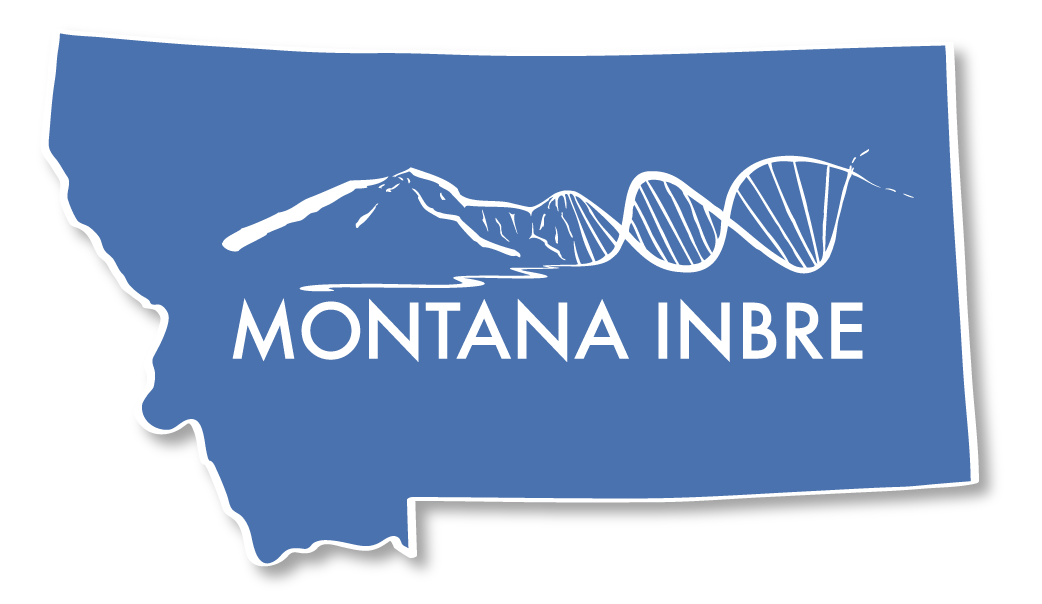Dr. Patricia L. Meinhardt Presents Is Your Water Safe? Protecting Americans from Waterborne Disease and Contamination
January 12, 2006
Waterwhether it relates to Hurricane Katrina, century-old pipes or the release of 100 tons of benzene in Chinais a major issue on all levels, an occupational and environmental medicine specialist said January 12th in Bozeman. Most thoughtful people believe the majority of wars in this century are going to be fought over water, Patricia L. Meinhardt said at the Caf Scientifique titled Is Your Water Safe? Protecting Americans from Waterborne Disease and Contamination. A Montana native who went on to medical school, Meinhardt now serves as executive medical director of the Center for Occupational and Environmental Medicine in Elmira, NY.
Meinhardt addressed water issues on state, national, and international levels, but said her interest in water began when she was growing up on a ranch near Bridger, MT. Her family didnt have running water or indoor plumbing until she was nine. She carried water from a cistern for drinking and laundry. She packed water for animals, and the family irrigated their crops. Water was critical, said Meinhardt, whose family still owns the ranch.
Rapid population growth, abandoned mines, coalbed methane, drought and wildfires all affect Montanas water, as do tourism and fly fishing, Meinhardt said. She urged Montanans to handle development on a proactive basis instead of reactive. She warned her listeners that Montana and Wyoming could be guinea pigs for terrorists. Just because you live in a rural community, you do not get a pass, said Meinhardt who has trained about 10,000 people in 44 states on water terrorism. She said e-mails and other intelligence indicate that terrorists may try to contaminate the water systems in smaller communities to see how their plans would work in larger cities.
Water safety is an international concern, with threats coming from intentional as well as unintentional sources, Meinhardt continued. Cities can build sophisticated water treatment plants, for example, but still endanger people by sending water through century-old pipes. Patients in state-of-the-art hospitals can still get sick from contaminated ice cubes or biofilms in equipment. Water-system workers test for chemicals, but only have the technology to check for a small percentage of the chemicals that could be in their water. New infectious diseases and evolving microbes are always a concern.
The protection of drinking water is a major challenge in the U.S., Meinhardt said, noting that antibiotics and hormones have been found in several water systems.
Treatment had not removed or diluted them. Providing safe water will take cooperation from scientists in a variety of disciplines, she said. She recommended partnerships on the state or federal levels. In Montana, Water is essential to industry and agriculture, so you need large and small businesses involved in protecting water, Meinhardt said.
The condition of public infrastructure is an important factor in water safety, but people in general arent interested in funding those improvements, Meinhardt said during the question and answer period. They'd rather approve bonds for libraries and swimming pools than water pipes.
The Café Scientifique was co-sponsored by Montana INBRE and Montana State University COBRE programs.


